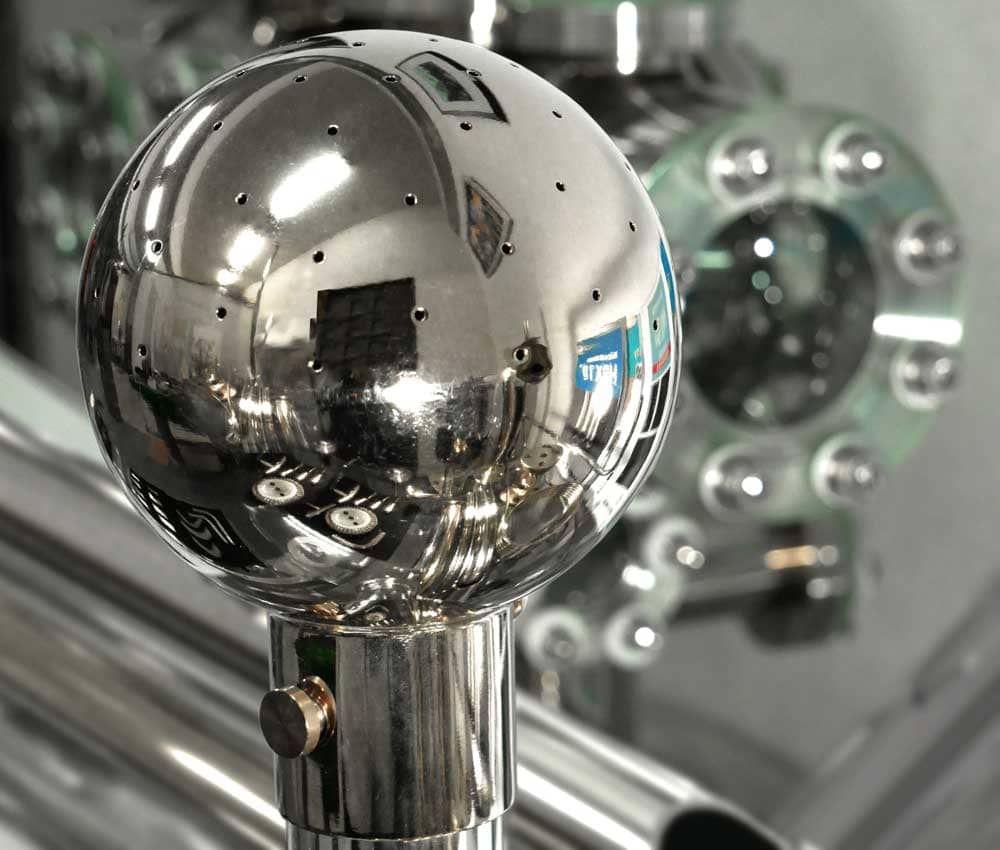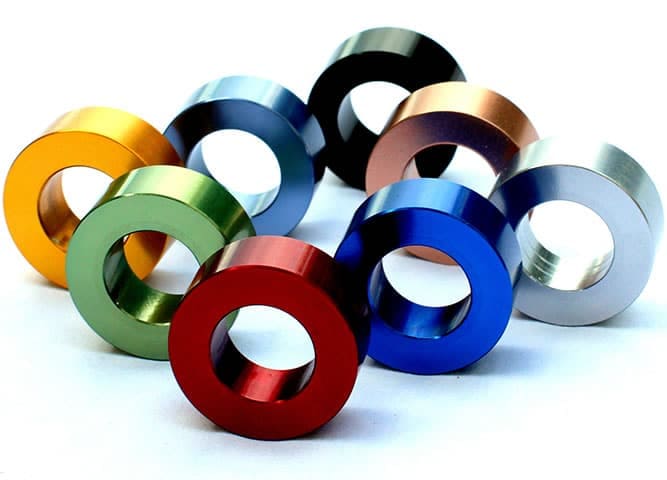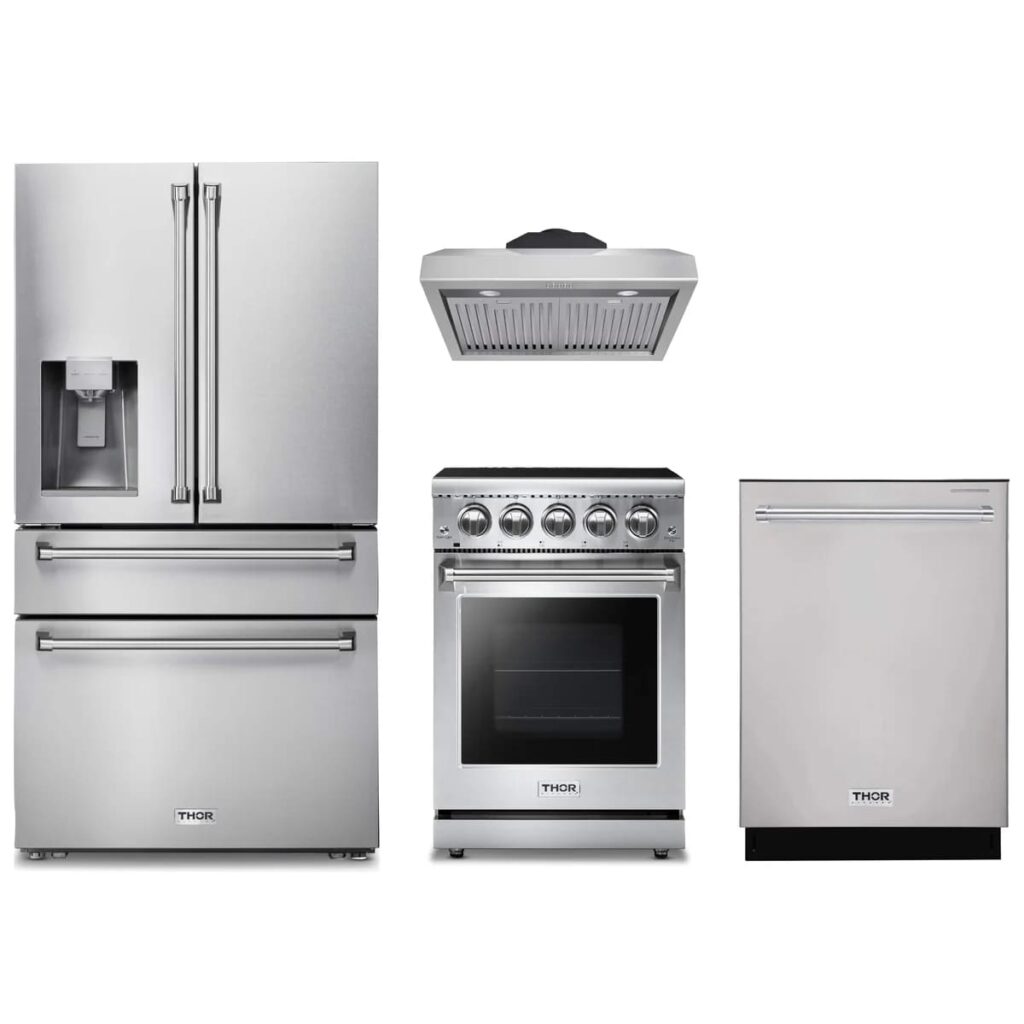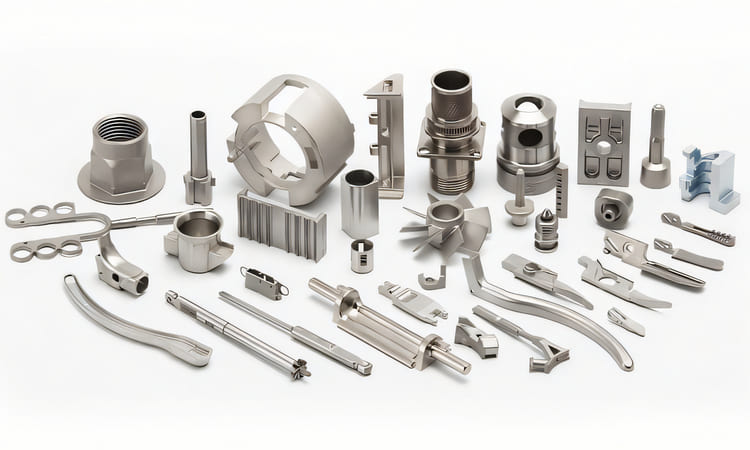The Importance of Stainless Steel Surface Treatment
In the application of stainless steel, surface treatment is a crucial link. It not only determines the appearance of stainless steel products, but also affects its functional properties. The right surface treatment can bring significant improvements to your designs and products, both visually and functionally.
Understanding the various types, processes, selection points and maintenance methods of stainless steel surface treatment is of key significance to giving full play to the advantages of stainless steel and meeting the needs of different application scenarios. This guide describes the main properties and uses of common stainless steel surface treatments used in manufacturing processes.
1.Types of stainless steel surface treatment
(i) Brushed finish
The brushed finish is formed by wire brushing, which leaves fine parallel marks on the stainless steel surface, presenting a soft appearance without glare. This finish is often used in kitchen utensils, building panels, and equipment with low requirements for fingerprint residue. Due to its unique texture and visual effect, it can reduce the fingerprint trouble in daily use while ensuring beauty.

(ii) Mirror polishing
Mirror polishing is a continuous polishing process until the stainless steel surface becomes extremely smooth and reflective like glass, providing maximum gloss. In food processing areas, this high-gloss surface facilitates visual inspection to ensure hygiene and quality control. At the same time, it is also commonly seen in industrial equipment or interior decoration that needs to be cleaned frequently, showing a high-end and exquisite visual effect.
(iii) Satin finish
Satin finish is a semi-reflective surface formed by electropolishing or mechanical polishing, with a satin gloss. This finish is not easy to leave fingerprints or stains. It is often used in places where a glossy appearance is required, such as bathroom equipment, laboratory equipment, and architectural decorative parts. While ensuring beauty, it is easy to clean and maintain daily.
(iv) Matte finish
Matte finish is made by processes such as sandblasting or chemical etching, and has extremely low reflectivity. This finish is smoother than brushed and feels comfortable to the touch. It is often used on railings, medical equipment, and appliances that need to minimize glare, providing users with a good visual and tactile experience.
2.Stainless steel surface treatment process
(i) Passivation
Passivation is to immerse stainless steel in a solution containing nitric acid, so that the steel undergoes a chemical reaction and forms a tiny transparent oxide layer that is invisible to the naked eye. This thin layer can protect the metal from the erosion of oxygen and moisture in the air, effectively preventing rust and staining. Without this coating formed by the nitric acid solution, the gloss and rust resistance of stainless steel will be difficult to maintain.
(ii) Electrolytic polishing
Electrolytic polishing is to place stainless steel in a special acid tank and pass a small electric current. The electric current causes the acid to dissolve the tiny bumps on the surface of the steel, making the surface extremely smooth and forming a mirror-like reflective effect. In addition, it can also be used to brighten steel that has darkened after welding and eliminate the fading phenomenon at the welding point.

(iii) Mechanical polishing
Mechanical polishing is to use materials such as sandpaper, abrasives or special rotating polishing wheels to manually polish stainless steel. The abrasive rubs on the surface of the steel and gradually grinds away the high points. Using finer abrasives, gentle grinding and polishing in multiple steps will eventually make the metal sparkle and achieve a polished mirror effect without the use of chemicals.
(iv)Sandblasting
Sandblasting is the process of spraying a medium such as sand or beads onto the surface of stainless steel. Using sand can roughen the surface to create a matte effect, while using round glass beads can achieve a smoother brushed appearance to meet different texture requirements.
(v)Coating and electroplating
Coating and electroplating processes change the appearance and properties of stainless steel by depositing thin layers. Electroplating adds a corrosion-resistant nickel layer through electrolysis; PVD (physical vapor deposition) deposits a hard ceramic coating such as titanium nitride under a vacuum environment; and powder coating uses electrostatic spraying of colored polymer coatings to meet different functional and aesthetic requirements.
(vi)Anodizing
Although anodizing is not common in stainless steel treatment, it can be used to naturally dye aluminum surfaces gray, providing a unique appearance for specific design requirements.

(vii)Chemical treatment
Chemical treatment includes methods such as black oxide coating, such as chemical blackening to obtain a beautiful black finish, adding a unique visual effect to stainless steel products.
(viii)Other surface treatments
Laser marking: Laser technology is used to engrave identification codes to facilitate product identification and management.
Screen Printing: Apply graphics and logos to stainless steel surfaces for a personalized decorative effect.
3.How to choose the right surface treatment
(i) Aesthetic preference
When choosing a surface treatment, aesthetic factors should be considered first. Different finishes such as highly polished, brushed or matte need to be weighed to see how they fit with the project design aesthetic. For example, mirror polishing produces a shiny reflection effect, while sandblasting can create a softer texture. Different treatments can give people a very different visual experience.
(ii) Functional requirements
Functional requirements are also an important consideration. On the one hand, it is necessary to check the required durability. Polished surfaces are relatively more susceptible to wear, while brushed or sandblasted surfaces can maintain good condition in daily use. On the other hand, it is necessary to evaluate the corrosion resistance requirements in harsh environments and ensure that the surface treatment can meet the use environment of the product.
(iii) Environmental conditions
It is necessary to evaluate the use environment of the item and determine whether it is mainly used indoors with fewer pollutants or outdoors with exposure to weather, moisture and UV rays. Barrier treatments such as passivation or PVD coating can better protect the stainless steel surface in harsh external conditions.
(iv) Budget considerations
Budget is also a key factor in decision making. Some technologies, such as electroplating, involve additional costs such as plating chemicals and equipment amortization. The overall budget needs to be considered when selecting a low-cost process and one that can achieve a good, high-performance surface quality.
4.Application fields
(i) Architecture and interior design
In the field of architecture, the exterior wall cladding of buildings often adopts sandblasting or brushed finishes, which can not only show the unique architectural style, but also meet the use requirements of outdoor environments. In interior design, various surface treatment methods are also widely used in decorative components to create different spatial atmospheres.
(ii) Industrial and commercial uses
In industrial and commercial scenarios, for example, food processing equipment is often passivated to ensure that the equipment has good corrosion resistance and service life while meeting hygiene standards.

(iii) Consumer products
In the field of household appliances, refrigerators and ovens often use mirror finishes on the outside, which are not only beautiful and generous, but also easy to clean, meeting the needs of home use environments.
5.Stainless steel surface treatment and maintenance
(i) Cleaning tips
For polished surfaces, use a mild detergent or a special stainless steel cleaner with a soft cloth or sponge for cleaning. For brushed surfaces, clean along the grain to avoid leaving swirl marks. At the same time, avoid using harsh chemicals or scouring pads that can damage the surface.
(ii) Protection strategy
Sandblasted and brushed surfaces are not easy to leave fingerprints, and only need to be wiped regularly to keep them clean. For polished surfaces with high traffic, such as door handles and other frequently used areas, a protective polish can be applied. In addition, be careful to avoid chlorides in swimming pools or snow from staying on the stainless steel surface. If not rinsed in time, it may cause pitting and affect the surface quality.
Conclusion
Whatever your project, a deep understanding of stainless steel surface treatment is key to achieving the ideal steel results. With a wide range of surface treatment options and treatment methods, stainless steel can be used in a wide range of applications to meet different functional and aesthetic needs.
If you are looking for an experienced surface treatment processor, Xavier is your ideal choice. The Xavier team is well equipped to provide high-quality surface treatment solutions. Please feel free to contact us for more information or to discuss your processing needs.
